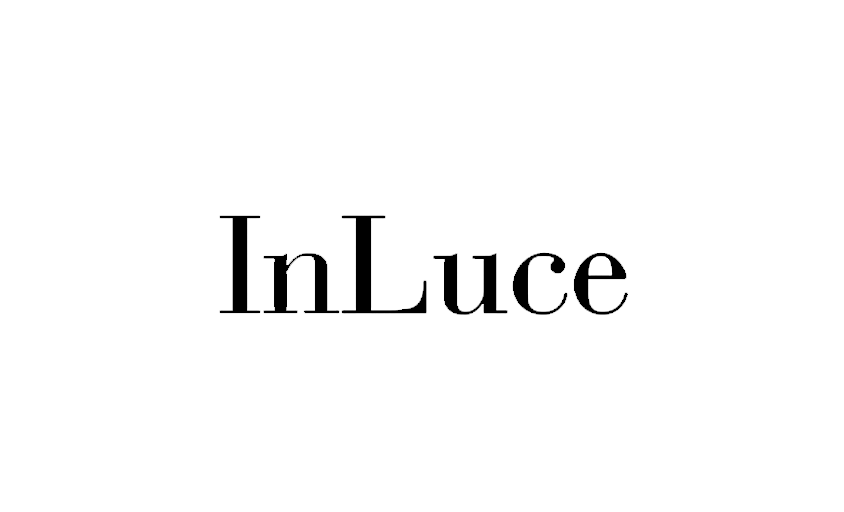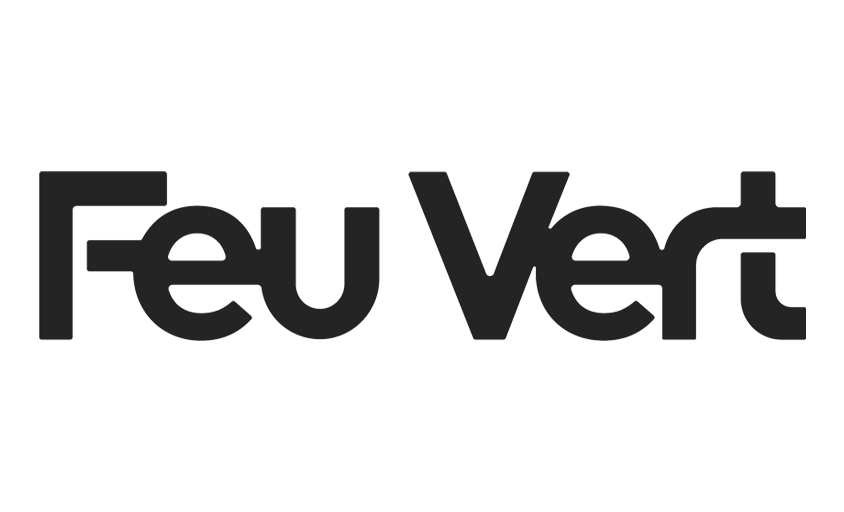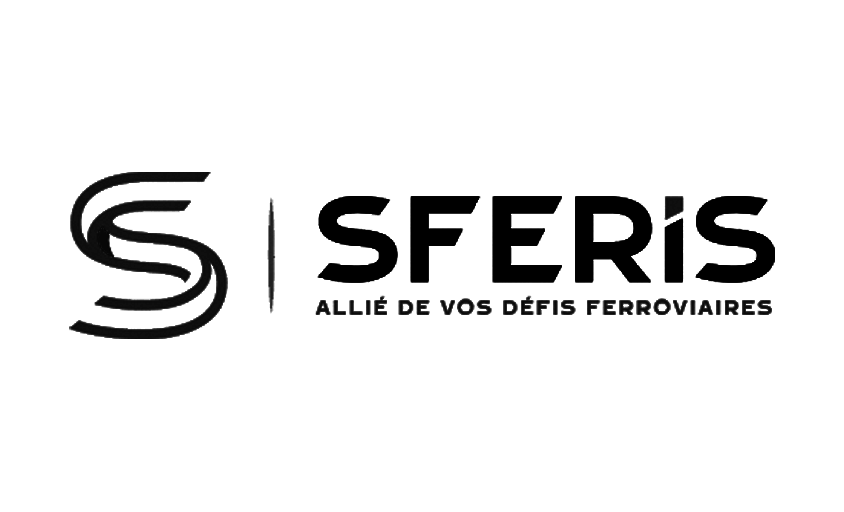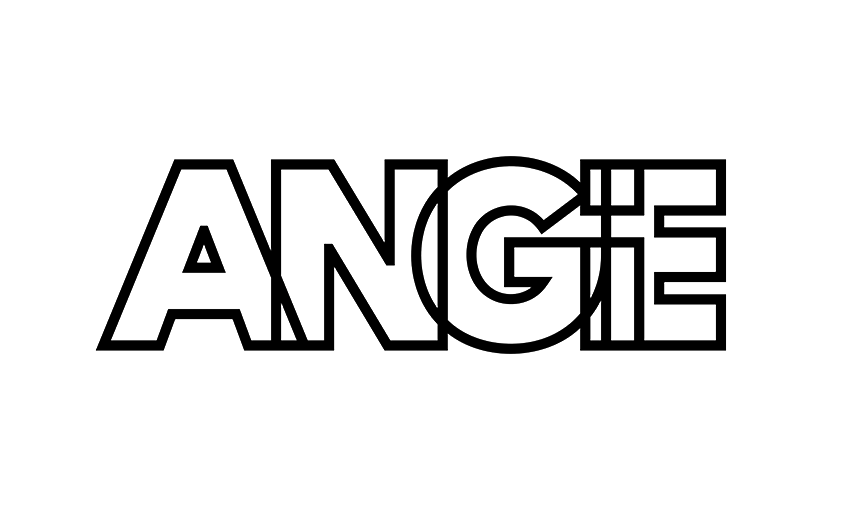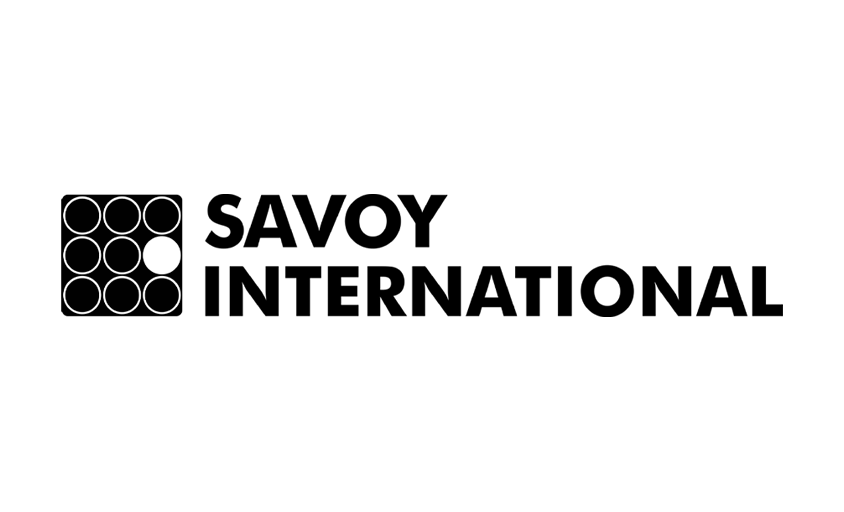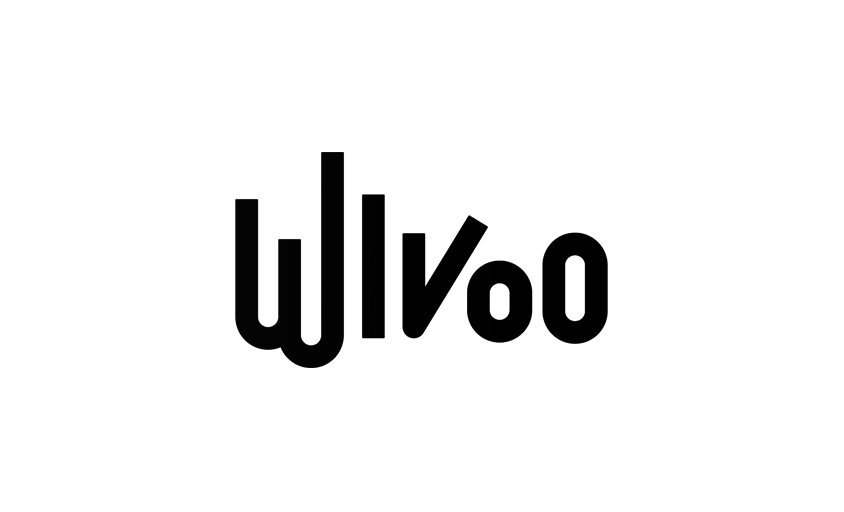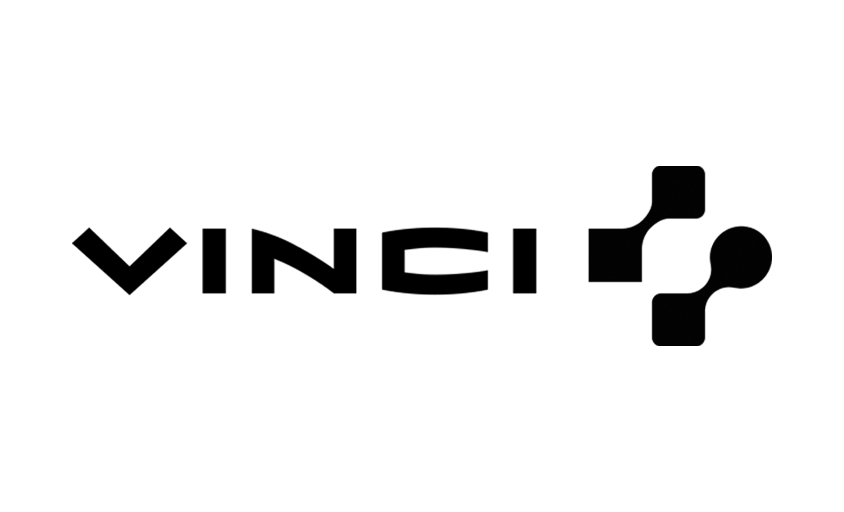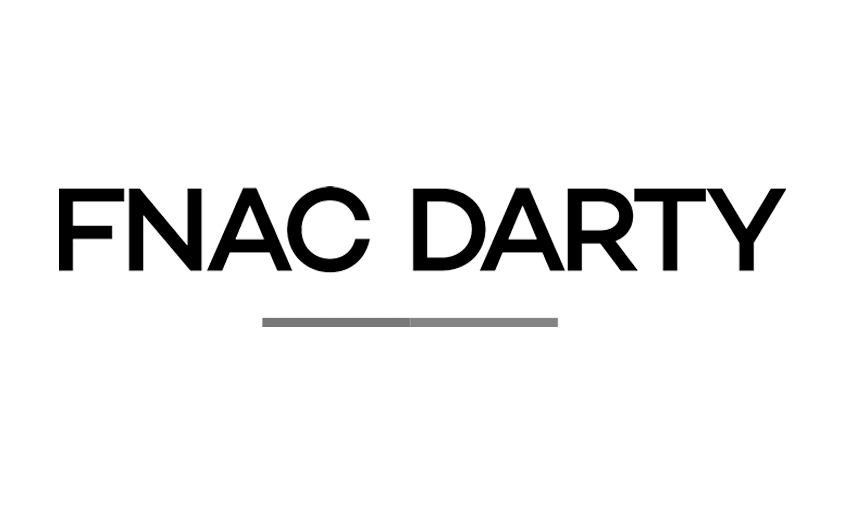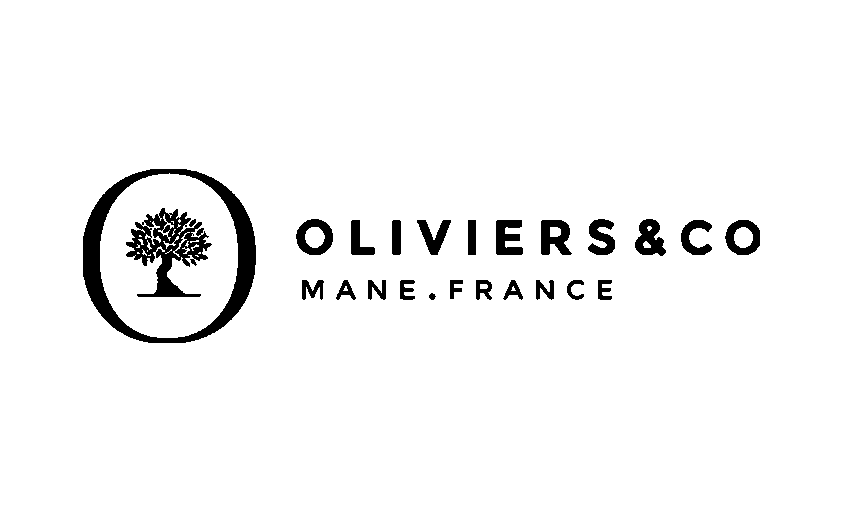Editing
In this article :
Editing refers to the action and method of organizing, assembling, or combining different elements to create a coherent and harmonious whole. This concept applies to various fields such as film, video, literature, visual art, and of course, photography, where the term takes on a specific meaning known as “photomontage.”
Editing Across Different Fields
- Film and Video: Film editing is the art of assembling recorded sequences to tell a story or convey ideas. It influences the pacing, mood, and visual narrative, playing a crucial role in shaping the viewer’s experience.
- Literature: In writing, editing can refer to the structure of a narrative, where different segments or chapters are arranged to build the plot or develop themes.
- Visual Art: In art, editing may involve assembling various materials or images to create a composite work, often with the intent to produce a particular effect or meaning.
Photomontage
Photomontage is a specific form of editing in photography, where multiple images are combined into one to create a new and original composition. This practice allows for juxtaposing, layering, or interweaving photos to produce surreal effects, illusions, or to communicate strong messages.
- Techniques: Photomontages can be created manually, by cutting and pasting printed photos, or digitally, using photo editing software like Photoshop.
- Applications: Used in both art and advertising, photomontage is a powerful expressive tool for exploring complex themes, critiquing society, or simply for artistic experimentation.
The Importance of Editing
Editing, in all its forms, is an essential component of creative and artistic expression. It provides creators with the freedom to explore unexpected relationships between elements, build multidimensional narratives, and engage audiences in innovative ways. In photography, photomontage opens up limitless creative possibilities, allowing artists to transcend the boundaries of traditional photographic reality.
Conclusion
Whether in film, literature, art, or photography, editing is a fundamental creative process that enriches both the content and form of artistic works. It invites reflection on composition, rhythm, and meaning, playing a decisive role in how stories are told and ideas are communicated.
Jérémy Carlo is the editorial director at Rétines, where he ensures the consistency and clarity of all content produced by the studio.
Our Clients
Let’s discuss
What we do for you at Rétines
Meticulous work, an organised project and fast delivery. And to achieve this, we mobilise the right resources in our teams at the right time.
01
Pre-production
Artistic and technical direction tailored to the project.
Relevant recommendations on content, form and resources.
02
Photo Shooting
Photos taken by our experienced photographers.
Production that’s controlled, efficient and tailored to the needs of the project, with nothing superfluous.
03
Retouching
Technique
Photographs magnified by our retouching team.
Post-production to meet the commercial challenges of the brief.



